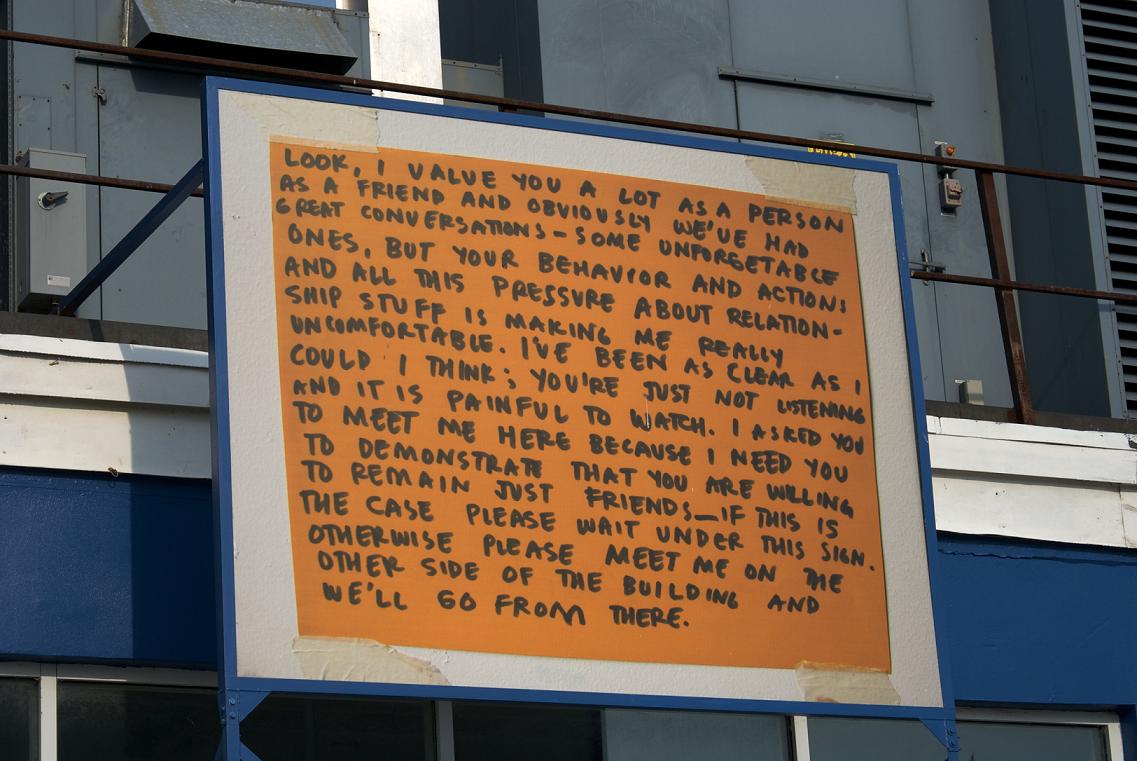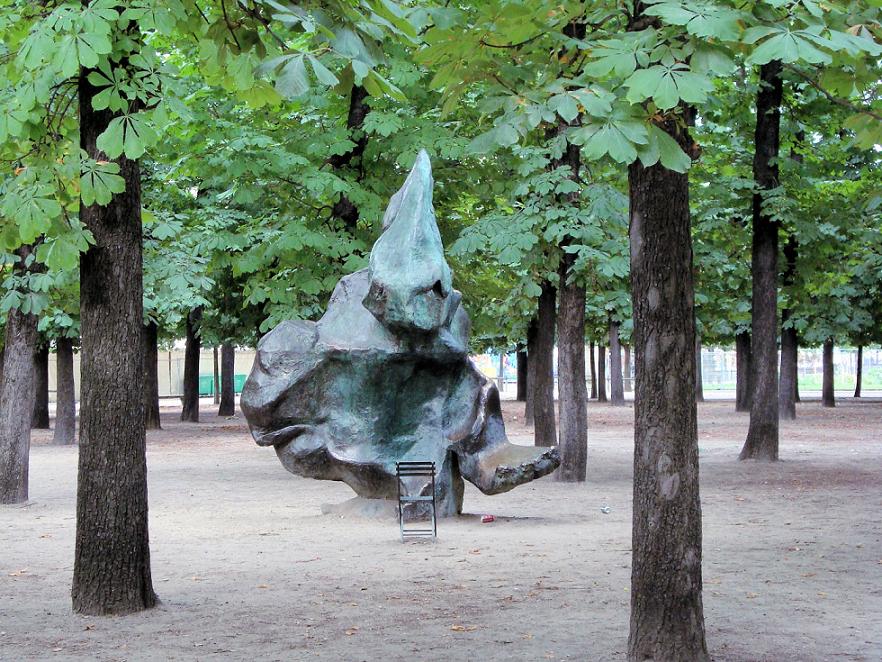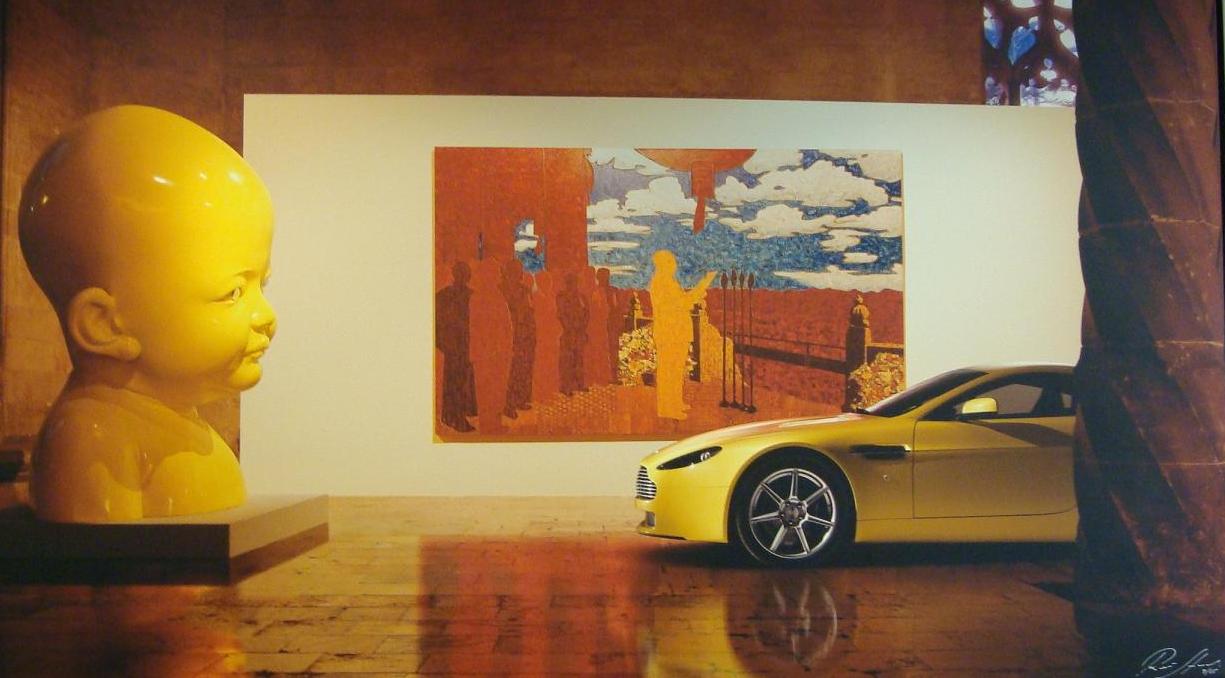If Agile were a food (instead of a project delivery methodology focussed on people and collaboration), it would be Marmite.
Marmite is a savoury black spread made out of yeast extract. Yes, that’s right: extract of yeast. To some it’s taste-bud tingling good while to others it’s more revolting than three-day old roadkill on a hot summer’s day.
A Love-Hate Phenomenon
It’s estimated that around 50% of the entire UK population love it while the other half hate it. Marmite reminds me of Agile precisely because of this polarised reaction to something as simple as extract of yeast. Marmite reminds me of the extreme reactions I get from folks new to Agile who find themselves challenged by the fundamental values of Communication, Simplicity, Feedback, Courage and Respect and what these values really mean in practice.
Processes Don’t Fail
Some individuals say, ‘Agile’s not for me!’ while others say, ‘Agile doesn’t work!’ Then there are those who declare, ‘I can deliver much more on my own!’ To which I would reply:
- Agile is for the team, not just the individual.
- Processes don’t fail, people do.
- If what you do depends on work others have to do before it can be released to Live in order for its value to be realised, how can you measure success solely based on your own endeavour?
Actions Speak Louder Than Words
Agile is much more than just a way of working. It’s about taking responsibility for who you are and what you do, both as an individual and as part of a team. Agile is about putting your team before your ego so that you and your team can move forward together. What value do you place on teamwork? How agile are you really?







